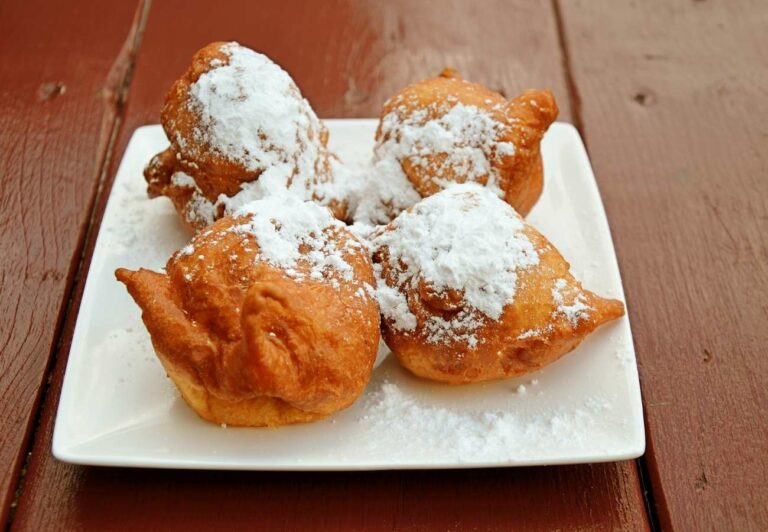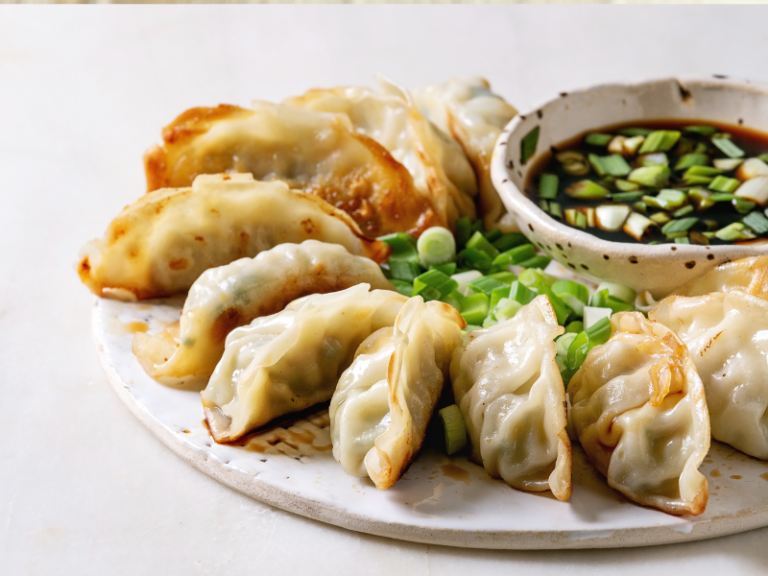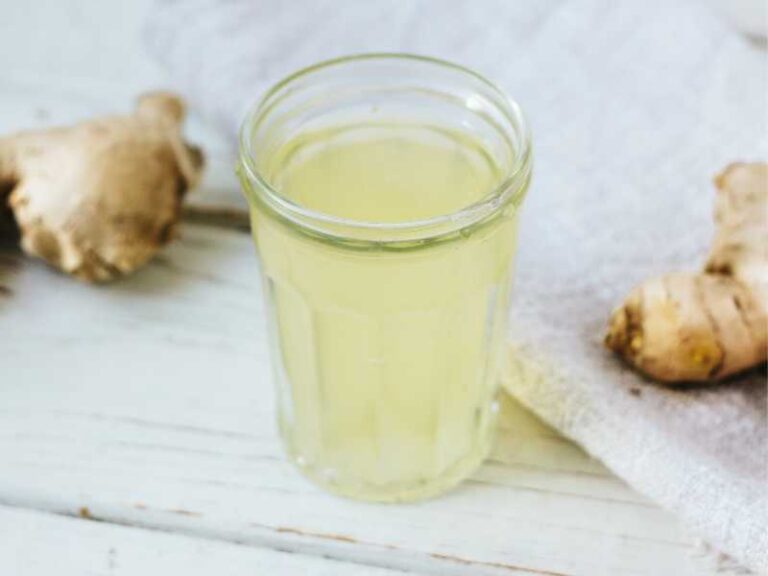Cape Verdean Food: 9 Traditional Dishes of Cape Verde
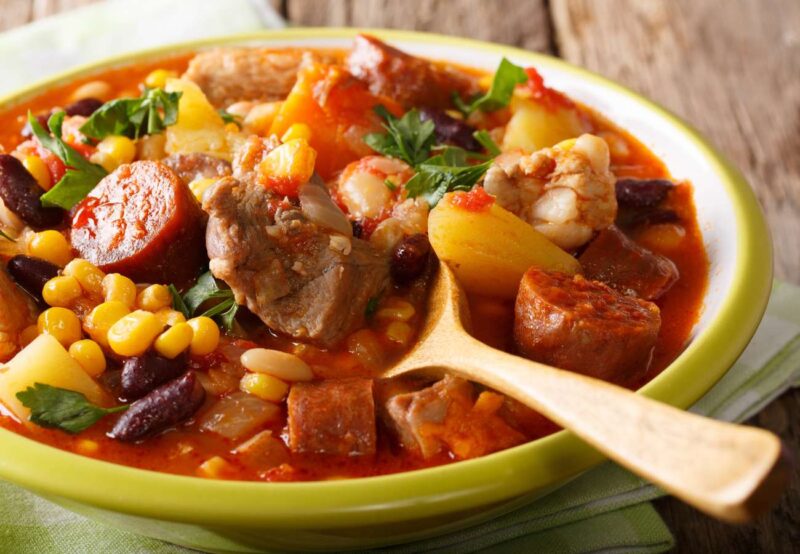
Cape Verde is an island country located just off the coast of West Africa in the central Atlantic Ocean. The population is composed of different ethnicities, including Cape Verdeans, Africans, Biafada people, Cape Verdean Spanish, Balanta people, Mandinka people, Papel people, Jola people, Yalunka people and Bambara people.
Cape Verdean cuisine is heavily influenced by West African, Southern and Western European, and Portuguese foods.
Some of the staple ingredients in Cape Verde include corn, beans, rice, cassava, fried potatoes and vegetables like carrots, squash and kale. The most popular fish and meats consumed in the country include sawfish, tuna, lobster, pork and chicken.
Cachupa
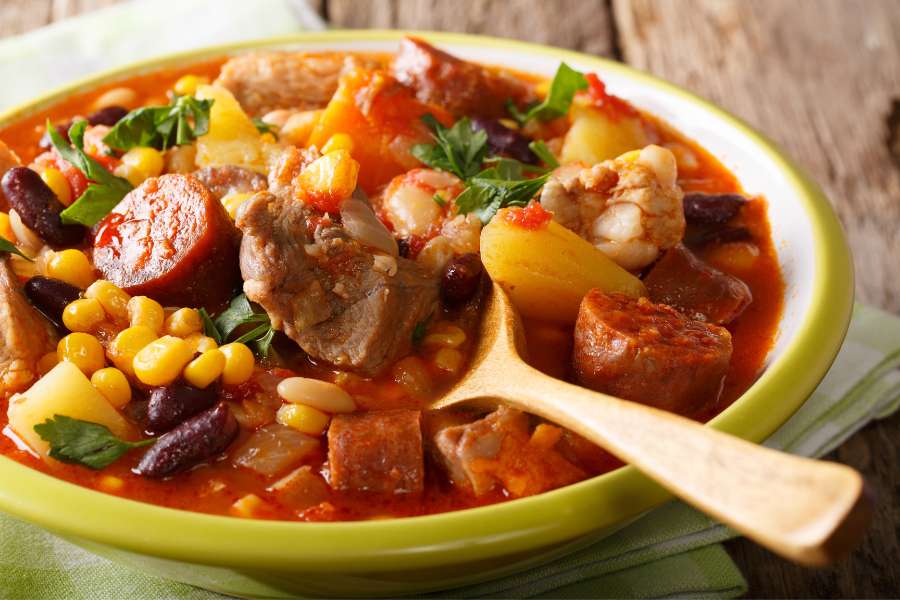
Cachupa is a stew prepared using hominy (dried maize kernels preserved with an alkali), beans, sweet potato, cassava, fish or meat (sausage, goat, beef, or chicken), and frequently morcela (blood sausage).
Cachupa is the national dish of Cape Verde and is prepared on special occasions. It is also considered to be a popular comfort food.
Originally known as a food for the poor, traditionally, it was prepared on Saturdays and many restaurants throughout the country only serve it once a week.
Morreia (Fried Moray Eel)
Morreia is a dish prepared by brining eel and cutting it into small pieces. It is then fried until it becomes crunchy. Some of the commonly used ingredients to make Morreia include salt, bay leaf, chopped garlic, ground black pepper, lemon juice, hot sauce and vinegar.
Cape Verdeans typically eat Morreia for lunch or dinner but some also eat it as a snack alongwith with cocktails.
Morreia origindates from Portugal and is a perfect example of Portuguese influences on Cape Verdean cuisine.
Buzio
Buzio is a stew prepared using shellfish (generally mussels) and soya sauce. Other shellfish is sometimes used as a substitute when mussels aren’t available.
The dish is slow cooked and is usually consumed as a lighter lunch or dinner. It is also a regular feature at festivals and special events throughout the country.
Bol of Cus-Cus
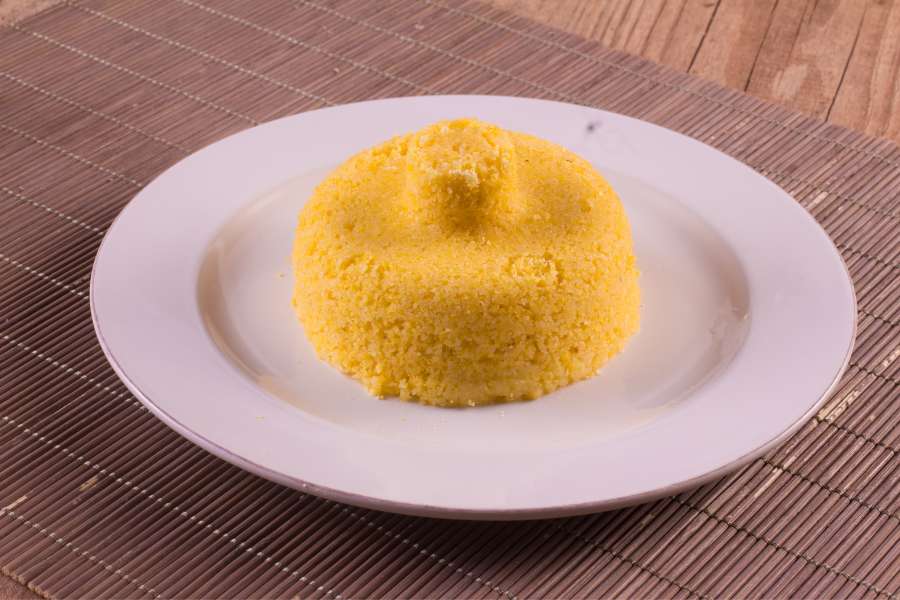
Bol of cus-cus is a dish prepared using cornmeal, sugar and cinnamon. It is generally consumed for breakfast and accompanied by foods like fried eggs, re-heated rice, linguica, fried fish or fried cachupa. Many locals prepare it on the weekends but warm it up for a smaller breakfast during the week and consume it with coffee.
Traditionally made in a binde (clay pot), it is an ideal dish for those with a sweet tooth.
Xerém
Xerém is a dish made using corn flour combined with water, salt, butter and bay leaves. Xerem is originally from Portugal and is a savory substitute for sweet cuscus. As well as Cape Verde and Portugal, this dish is also widely consumed in Brazil. However, ach country has its own traditional way of preparing the dish, which makes it unique.
There are numerous variations of this Xerém, but the one which is most widely consumed in Cape Verde is called xerém de festa. It is made using pork, bay leaves, onions, fat, beans, spices and tomatoes. It is often served at festivals and on important occasions.
Pastel
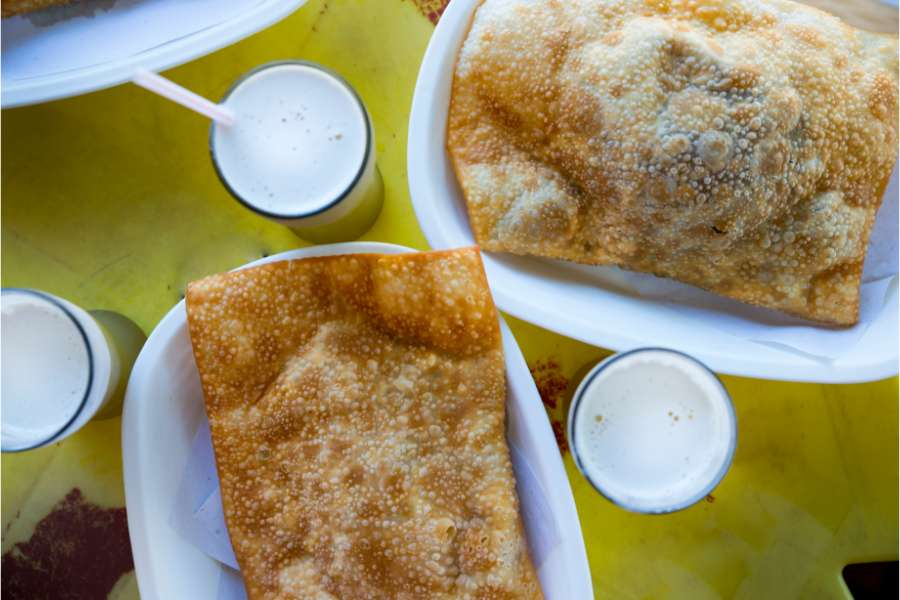
Pastel, also known as pastel com diabo dentro (translated into English as pastel with the devil inside), is a tuna dish that is prepared with garlic and chili. There are many other varieties of fish pastels, while some use white fish (normally sea bream or halibut), many people can also be seen using some varieties of meat.
Pastel is considered to be a dish that nicely represents the combination of West African and Portuguese flavors. It is easy to find in restaurants throughout the country as well as on small streets in bigger cities like Fogo, Maio and Brava.
Pudim de Leite (Milk Pudding)
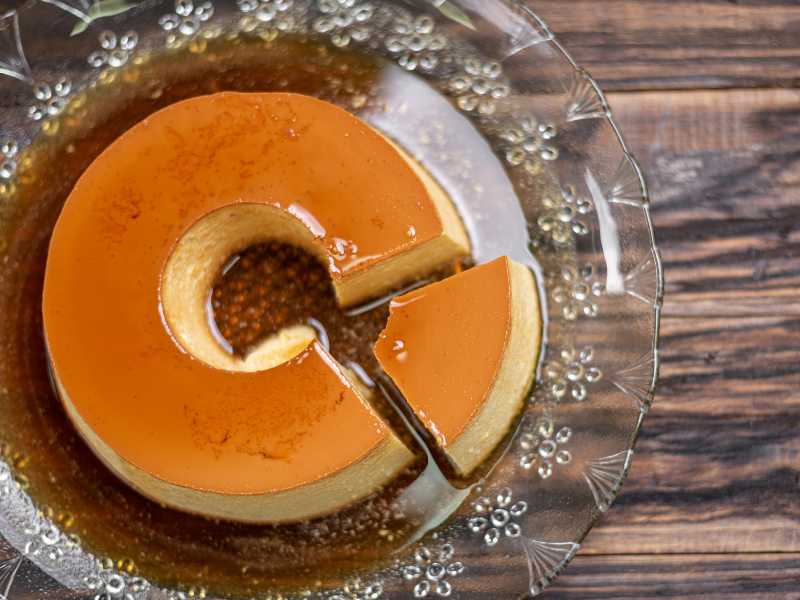
Pudim de leite is a sweet dessert made from milk, vanilla essence, yolks, egg whites, sugar and lemon zest. It is similar to a Spanish flan and is topped with caramel.
Typically served cold, pudim de leite is one of the most popular desserts in the country and is enjoyed in other former Portuguese colonies such as Brazil.
Doce de Coco (Coconut Candy)
Doce de coco, also known as coconut candy, is a sweet dish that is prepared using coco, sugar and butter. It is cooked for a long time until it turns into sweet chunks.
Usually wrapped in decorative paper, doce de coco can be relished as a snack, and it also lasts for several weeks.
Grogue
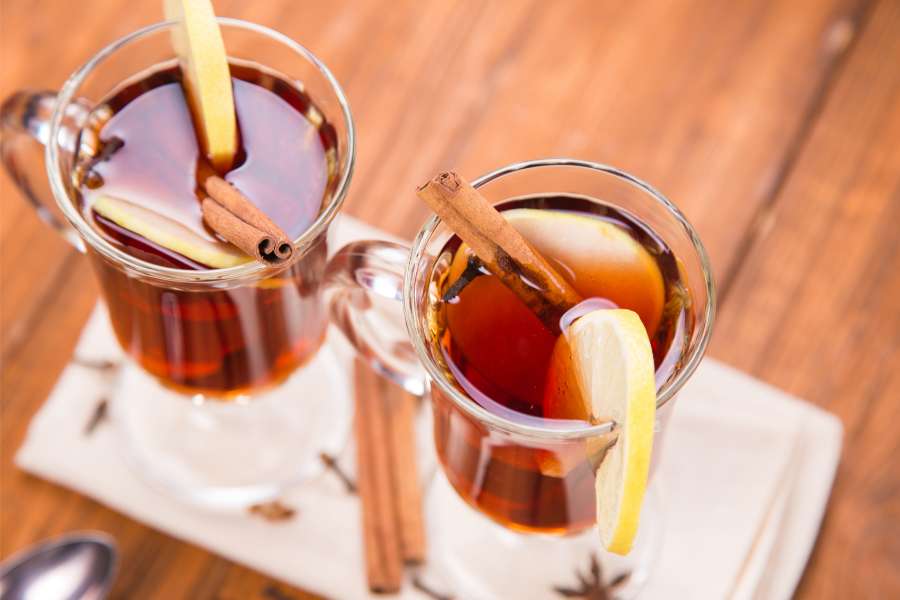
Grogue, also known as grogu or grogo, is a rum drink prepared using distilled sugar cane. It is most popular on the islands of Santiago and Santo Antao.
Grogue is also used as a foundation for medicinal preparations, with the inclusion of herbs like rosemary, common rue, or anise. Similar to rum, grogue is prepared in a traditional manner, and due to this, one can find a lot of different qualities of it on the market.

